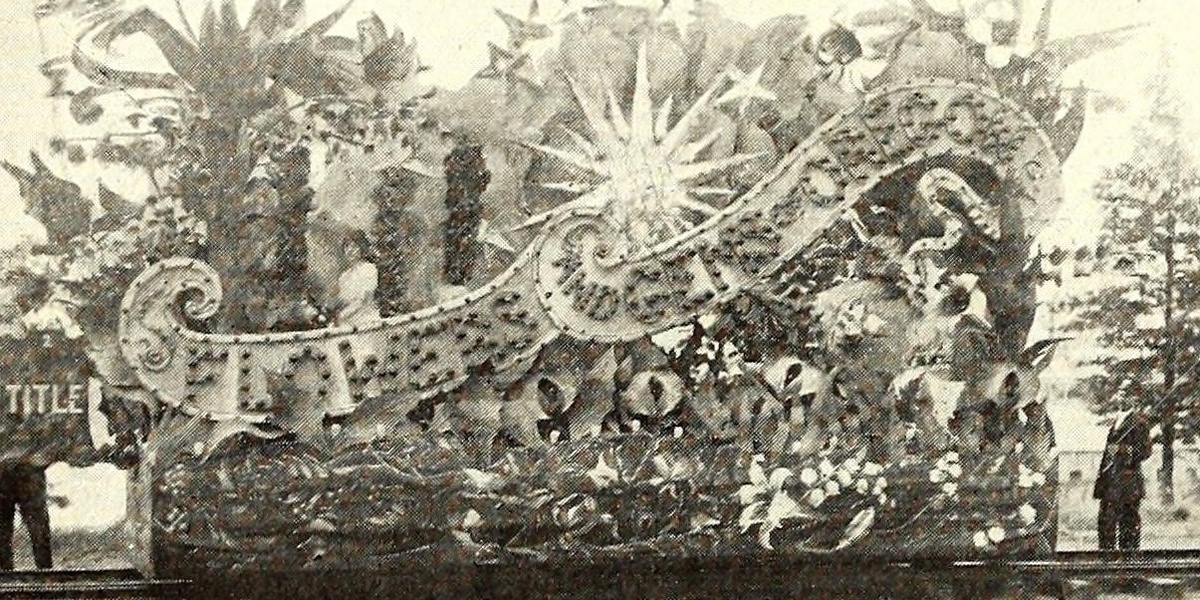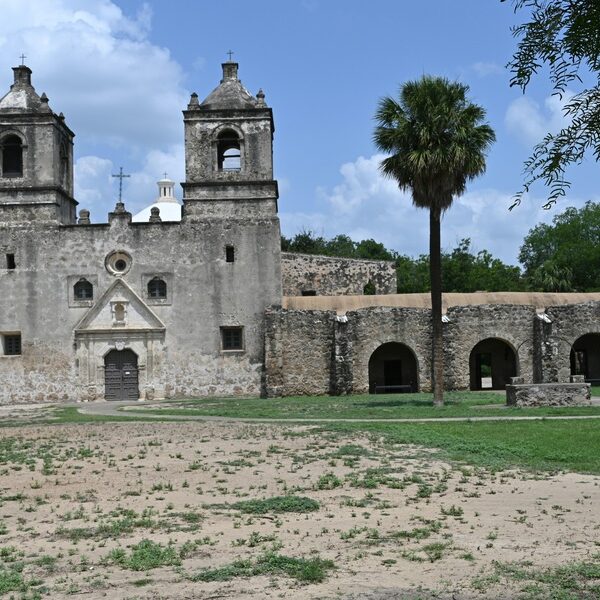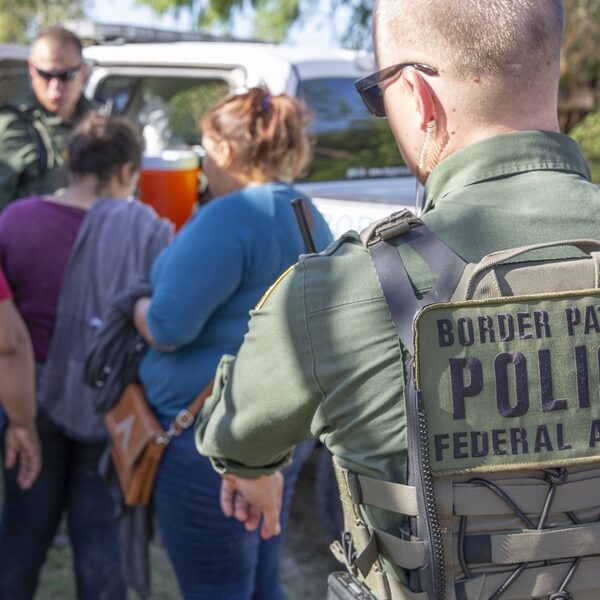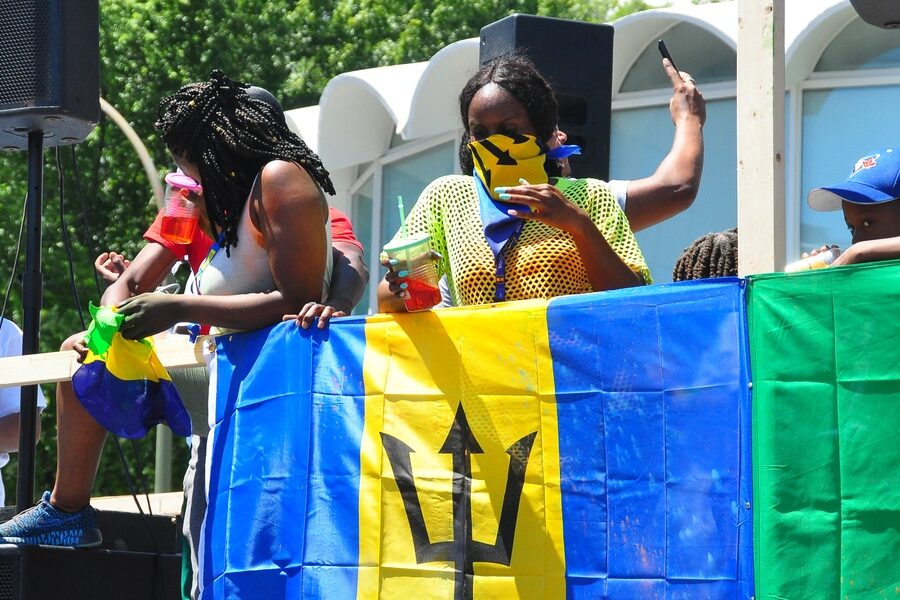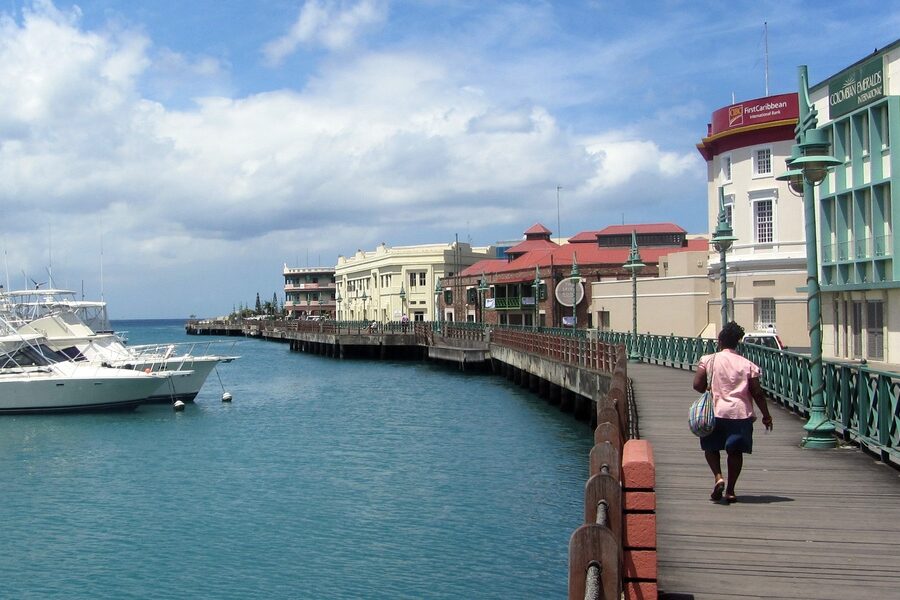On August 1, 1834, the formal end of slavery across the British Empire gave rise to new public rituals and community gatherings in Barbados — many of which still shape island life today. Those commemorations and plantation-era harvest rites evolved into layered cultural practices that anchor identity, sustain livelihoods and draw visitors: festivals bring tens of thousands to the streets, craft markets keep artisans working year-round, and neighborhood spaces from rum shops to fish fries keep conversation and memory alive. This article lists 10 important traditions in Barbados and is organized in three parts—festivals and public celebrations; music, performance and living folklore; and food, drink and everyday social customs—so you can see how history, economy and community intersect. Expect concrete examples (Crop Over’s Grand Kadooment, Holetown’s 1627 commemoration, Mount Gay Rum since 1703), seasonal timing, and practical takeaways for experiencing these customs respectfully.
Festivals and Public Celebrations
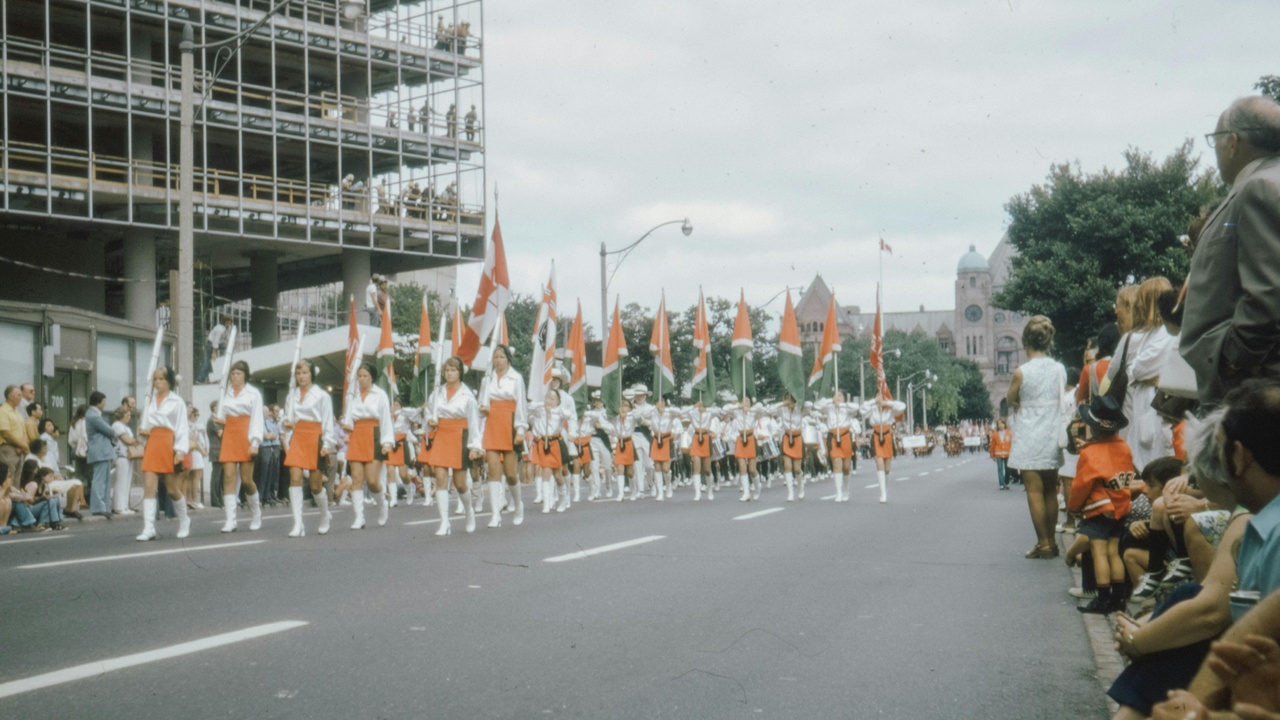
Barbadian public festivals grew from sugar-harvest cycles and emancipation commemorations into major cultural and economic events. Rooted in plantation-era rituals and the post‑1834 commemorations for freedom, modern festivals mix music, costume, food and marketplace trade. Seasonality matters: Crop Over culminates in early August, Holetown’s events are usually in February, and weekly gatherings like Oistins animate Friday nights year-round. These events drive tourism—Grand Kadooment draws tens of thousands of participants and onlookers—and funnel revenue into hotels, taxis, caterers and craft markets. Crucially, festivals sustain craft traditions (costume-makers, feather and bead work), music (calypso, soca, tuk bands) and performance troupes that pass skills between generations. For visitors and locals alike, the festivals are living classrooms where history, commerce and community meet.
1. Crop Over (Grand Kadooment)
Crop Over is Barbados’s largest and most iconic festival, culminating in Grand Kadooment on the first Monday in August. Its roots trace to 18th– and 19th‑century sugar‑harvest celebrations; today it blends calypso, soca, pageantry and elaborate costume bands. Grand Kadooment is a day-long parade: tens of thousands line the streets or join bands that move from Bridgetown toward the Garrison, with music, steelpan and tuk ensembles leading the way. The season brings a measurable uptick in hotel occupancy and street vending, supporting hospitality workers and hundreds of small vendors. Local calypsonians and soca artists headline shows during the weeks leading up to Kadooment, and festival economies keep costume designers, seamstresses and musicians working well into the year.
2. Emancipation Day Celebrations (August 1)
Emancipation Day on August 1 commemorates the legal end of slavery across the British Empire on August 1, 1834, and remains a focal public holiday in Barbados. Observances include formal memorial services, parades, concerts and community gatherings that link historical memory to contemporary identity. Schools, museums and heritage sites stage special programs and tours timed to the date, and local events—speeches, re‑enactments and family gatherings—encourage reflection on emancipation’s legacy. Emancipation Day’s public ceremonies also help cultural tourism by offering scheduled heritage programming for visitors who want historical context alongside festival energy.
3. Oistins Fish Fry and Community Nightlife
Oistins Fish Fry is a weekly Friday-night tradition in the fishing town of Oistins where locals and tourists gather for grilled seafood, music and dancing. On busy evenings crowds number in the low thousands, creating a lively market atmosphere where fresh flying fish and other catches are prepared to order. The event supports fishermen, roadside cooks and small vendors, and features live bands or DJs that keep people dancing well into the night. Oistins is also a place to sample local plates, watch fishermen at work, and join informal conversations that capture daily life beyond staged festival moments.
4. Holetown Festival (Commemoration of 1627 Landing)
Holetown Festival marks the landing of English settlers in 1627 and usually takes place in February with parades, markets and cultural programming. The 1627 date anchors the town’s historical narrative, and the week mixes heritage walks, craft markets and musical performances that support local artisans and retailers. Typical events include guided heritage tours, artist markets and family‑oriented concerts—small‑scale but important for parish identity and the island’s cultural calendar.
Music, Performance and Living Folklore
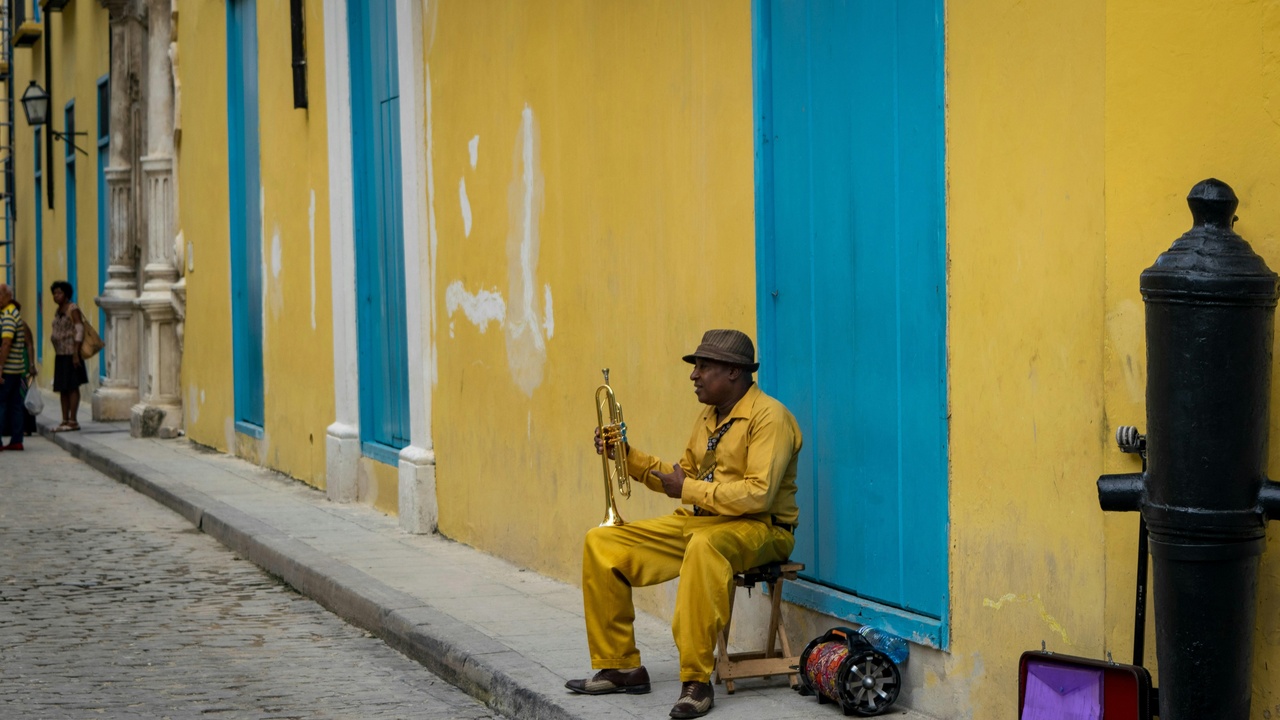
Music and staged performance are core ways Barbadians transmit history and social values: they turn memory into movement, song and costume. Community troupes, school programs and parish events teach younger generations to play tuk instruments, sing calypso or rehearse Landship routines. Many of these practices date back a century or more—Landship performances solidified in the 19th century while spouge emerged in the 1960s—and they feed directly into festival culture and everyday gatherings. These traditions in barbados are taught in community halls and staged at parades, ensuring continuity while allowing contemporary reinterpretation.
5. Landship (Artful Mock-Navy Troupes)
The Landship is a uniquely Barbadian troupe that parodies naval life through drill, dance and pageantry. With 19th‑century roots tied to plantation‑era social clubs, Landship groups organize themselves into “ships” with ranks, officers and drum‑led processions. Performances feature synchronized drill routines that mimic launching, sailing and docking, often with humor and social satire woven into the choreography. Local Landship troupes perform at Crop Over, Emancipation events and parish festivals, and they function as community anchors—offering rehearsals, mentorship and a space where shared history is embodied and celebrated.
6. Tuk Bands and Instrumental Traditions
Tuk bands are a cornerstone of traditions in Barbados, recognizable for their drum patterns, pennywhistle or flute, snare and bass kettle drum. The ensemble usually includes a bass kettle drum, snare, pennywhistle (or flute) and triangle, producing the rhythmic backbone for parades and community processions. Tuk bands often accompany Landship shows and Crop Over processions, and parish groups pass the repertoire down through rehearsals and competitions. You’ll hear tuk rhythms leading street marches, at church anniversaries and in smaller neighborhood celebrations, linking percussion technique with communal storytelling.
7. Spouge, Calypso and Popular Song Traditions
Spouge—a Bajan pop style that emerged in the 1960s and is often associated with Jackie Opel—alongside calypso and soca, has shaped modern Barbadian music. Calypso remains a vehicle for political and social commentary; calypso tent competitions and festival showcases help artists gain recognition and radio play. These song forms influence seasonal hits during Crop Over and create pathways for performers to tour the Caribbean. Calypso monarch titles and festival stages turn local stories into broadly heard songs, keeping dialogue about community concerns and humor alive through music.
Food, Drink and Everyday Social Customs
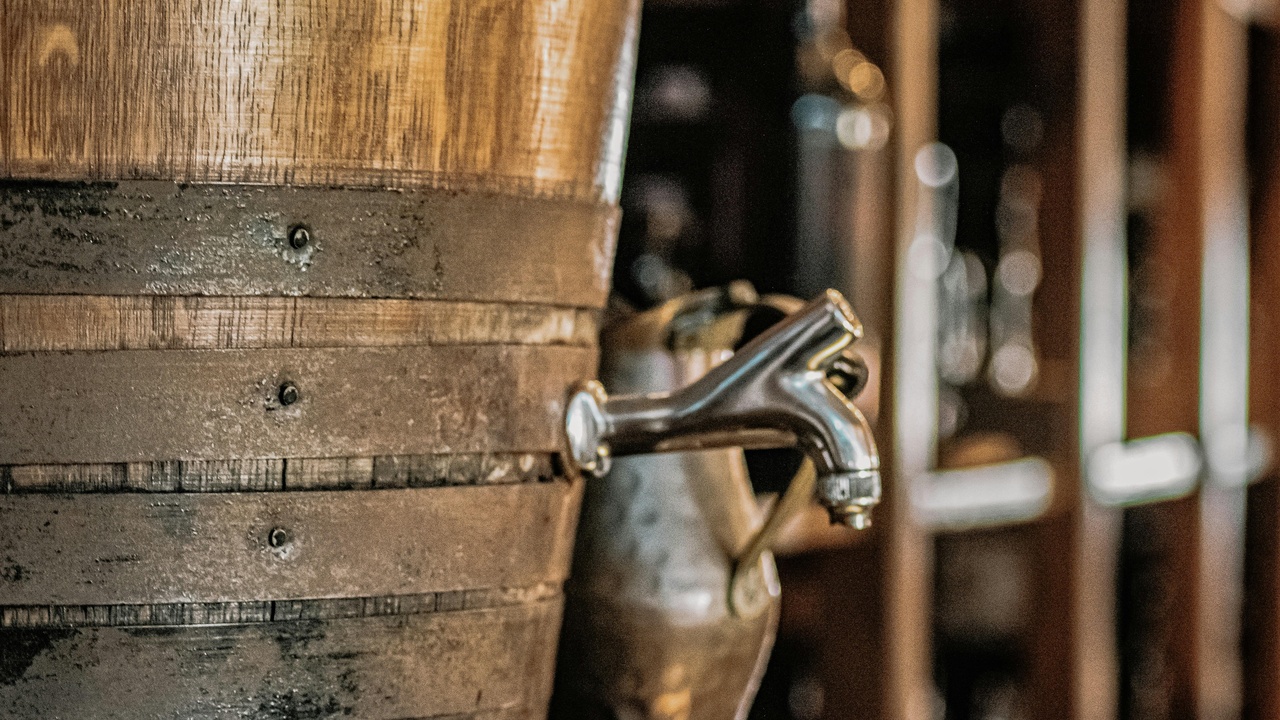
Culinary traditions and social spaces—rum shops, fish fries and distilleries—are daily practices that sustain social bonds and local economies. They combine tangible goods (the national dish, rum, seafood) with intangible customs (rum‑shop storytelling, bargaining at markets). Mount Gay Rum, founded in 1703, is a living symbol of Barbados’s rum‑making heritage and attracts distillery tour visitors year‑round. These institutions provide work for small suppliers, support hospitality, and offer accessible entry points for culturally respectful visitors wanting an authentic experience.
8. Flying Fish and Cou-Cou (National Dish)
Flying fish and cou‑cou is widely recognized as Barbados’s national dish: fresh flying fish, either stewed or lightly fried, served alongside cou‑cou—a cornmeal and okra‑based porridge. The dish appears on festival menus, at local restaurants and frequently at Oistins Fish Fry. Tourists often try it at beachfront eateries or well‑known spots in Oistins and Bridgetown, where cooks use local seasoning, thyme and scotch bonnet for flavor. As both a daily plate and a festival staple, flying fish and cou‑cou ties culinary practice to sea‑based livelihoods and parish identity.
9. Mount Gay Rum and Rum-Making Heritage (Since 1703)
Mount Gay Rum, founded in 1703, is often cited as the world’s oldest commercial rum distillery and stands as a key heritage site on the island. Distillation shaped Barbados’s colonial economy and continues to influence culture—from cocktails at beachside bars to rum in festival punches. The distillery runs tours and tastings that educate visitors about sugar, fermentation and aging; these programs support jobs in production, hospitality and retail, and help sustain interest in local culinary craft. Mount Gay’s longevity—over three centuries since 1703—makes it a tangible link between history and modern tourism.
10. Rum Shops and Informal Social Life
Rum shops are informal social hubs where neighbors trade news, play dominoes and discuss politics—longstanding institutions in both parish centers and Bridgetown neighborhoods. A typical evening scene features domino tables, spirited conversation, radios tuned to local shows and bottles of locally produced rum sold alongside snacks. These small businesses function as meeting places, dispute‑resolvers and nodes of social capital; proprietors often act as connectors who support suppliers and foster local networks. For many Bajans, the rum shop is where community life is negotiated and celebrated.
Summary
- Traditions preserve history and identity: rituals from August 1, 1834 to Holetown’s 1627 commemoration make the island’s past part of everyday life.
- They have measurable economic impact: Crop Over draws tens of thousands, Oistins brings in low‑thousand crowds on Fridays, and Mount Gay (since 1703) supports heritage tourism and jobs.
- Community groups sustain continuity: Landship troupes, tuk bands and calypso performers teach new generations and keep performance practices living and adaptive.
- Experience them respectfully: attend a Crop Over event or Oistins Fish Fry, visit a tuk‑band rehearsal or take a Mount Gay distillery tour—support local vendors, ask before photographing people, and listen to local guides.

